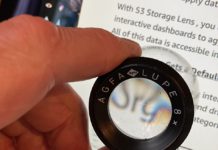IDE – Integrated Drive Electronics. An interface standard used for connecting storage drives to early personal computer systems. It was subsequently renamed to ATA (Advanced Technology Attachment.) PATA (Parallel Advanced Technology Attachment) is another version of IDE. There is more information here.


